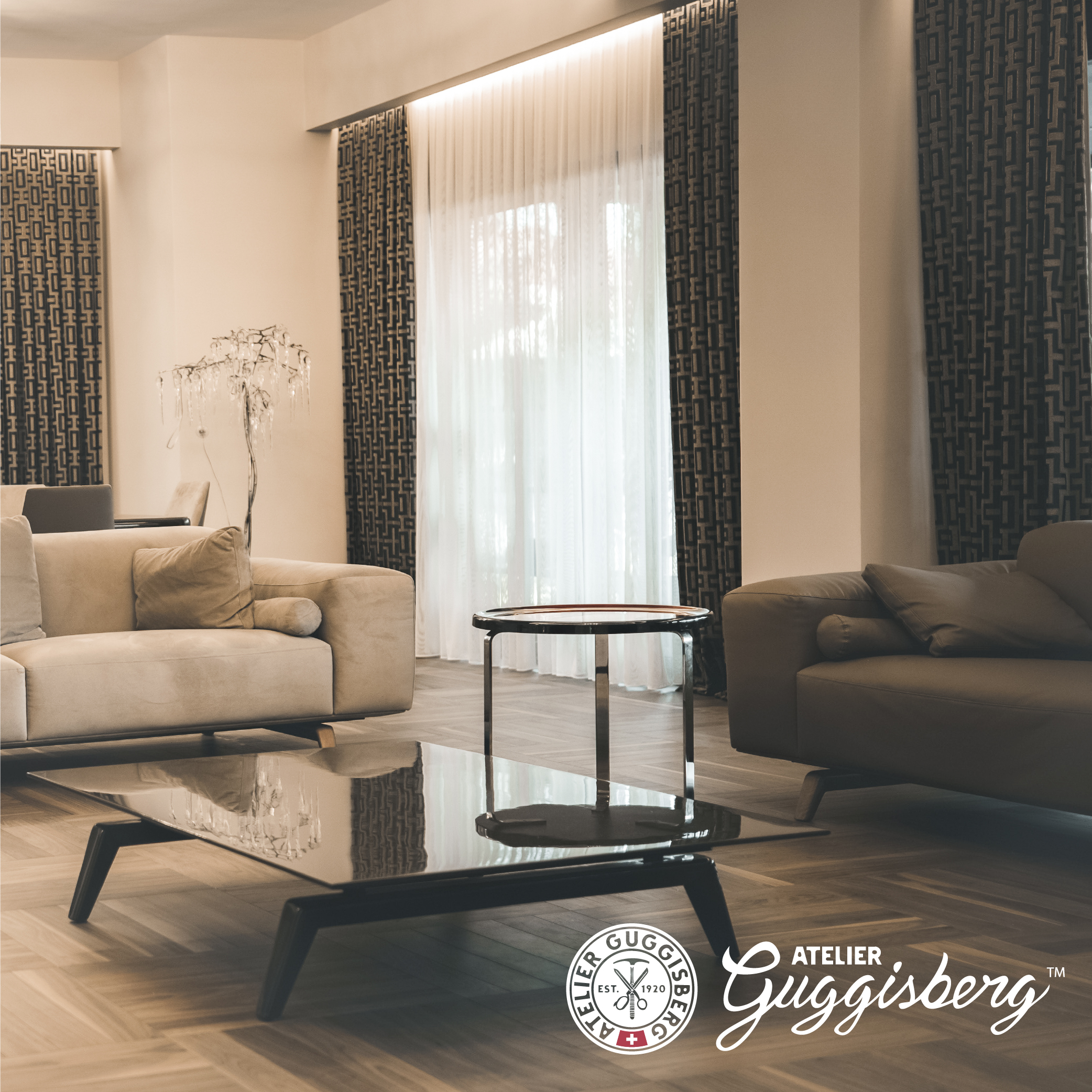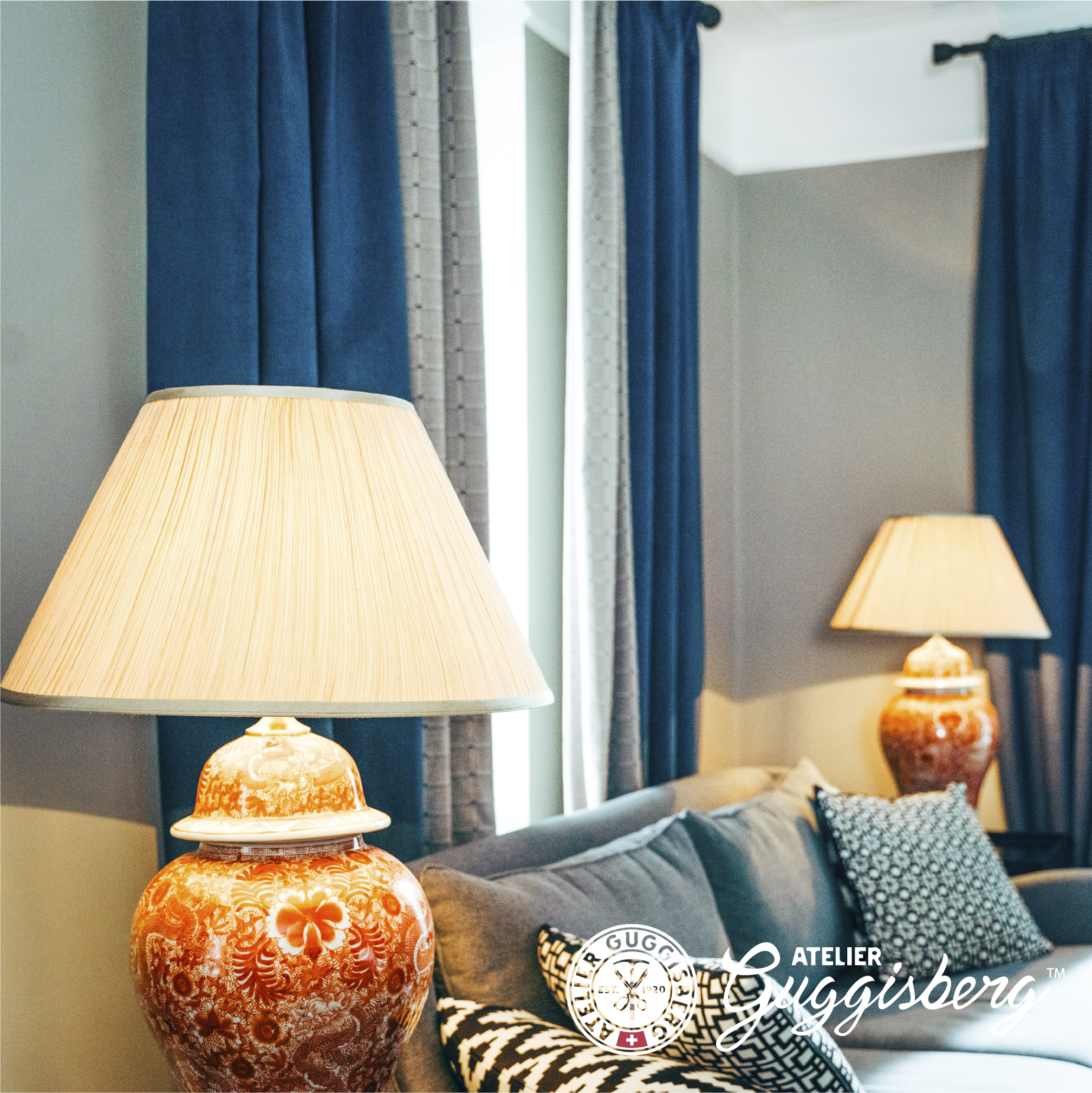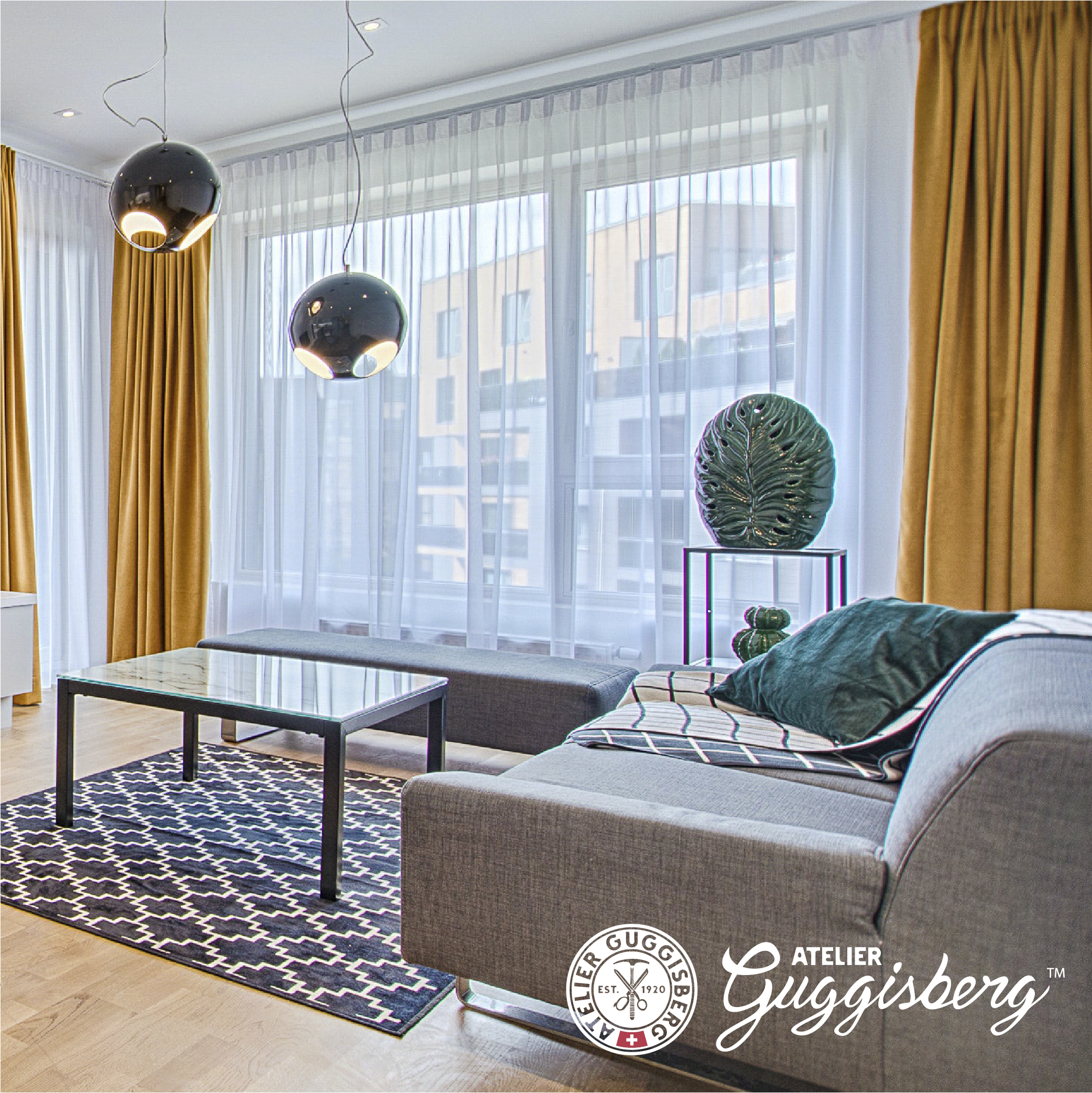


Choose thermal curtains
Choosing thermal curtains can be a good solution for energy savings. Indeed, their installation optimizes the heating of your home, workspace or workshop. Like the solutions of floor insulation, walls, or the installation of efficient windows, the use of textiles can be effective in regulating the temperature of a room. When the curtains are placed in front of windows, often the main thermal bridges of a home, they improve the insulation of the room and prevent heat loss
An aesthetic and acoustic usage
A curtain can have different uses. The first and most obvious is its aesthetic usage. Installed in a room, it creates a warm atmosphere, or hides technical installations or defects around a window. Depending on the model chosen, it matches the furniture and becomes an element of interior decoration. Curtains can also have an acoustic use, to limit resonances in a room, absorb noise, reflect sound or transmit it. Their characteristics depend on their manufacture. The heavier and thicker they are, the more they will reduce noise. Thus, lined or "quilted" curtains will have better acoustic insulation performance, even if they are not necessarily made for this purpose. Conversely, micro-perforation techniques of the fabric can be used to allow sound to be transmitted from one side to the other of the curtain. Some are studied with specific fibers and an alpha* degree that allows to obtain different effects depending on the needs.
The curtain: a role as a thermal insulator
Finally, curtains have a thermal utility. This is historically their first role, like the large hangings that were suspended in front of windows and walls in castles or homes of the medieval era. These blocked the cold coming from the outside and conserved the heat present in a room during winter. The tapestries of the Aubusson manufacture are a beautiful example of this use. These monumental hangings depicting romantic scenes, hunting or vegetation served as much as aesthetic ornaments as thermal insulators.
The main material used at the time - and still used today - was wool for its insulating properties: depending on its thickness, it can insulate from cold and even heat when temperatures rise during the summer. It also plays a role in regulating humidity: it tends to absorb excess and release it when the level is low. This helps to maintain comfortable temperatures in a room since the sensation of cold depends as much on the temperature as on humidity. Moreover, the curtain blocks the impression of freshness created by the glass which, like marble, is a material that transmits this sensation around windows.
Which curtain for thermal optimization?
Many types of fabrics exist to effectively insulate the rooms of a house. Some are thin and lightweight, lined with an aluminum film to prevent temperature transfer, others are wool with a wide choice of models and patterns. These curtains are interesting to use to reinforce the insulation of a window or create a separation between warm and cold rooms. Wool will represent an additional advantage for places welcoming the public and subject to fire standards since it has fireproof properties. It can also be easily washed by following, for each model, the recommendations of the seller.
How to use thermal curtains?
Thermal curtains are used to separate two spaces, in this case a heated indoor area from a cold outdoor area, by limiting temperature transfer. These temperatures generally drop at night to rise during the day. That is why curtains should be closed at sunset to prevent cold nighttime from entering the room and avoid wasting heat accumulated during the day by heating or the presence of living beings in the room. It can be preserved until the next morning. The same is true when the curtain is used to separate two spaces: keeping it closed will improve heating performance by avoiding losses.